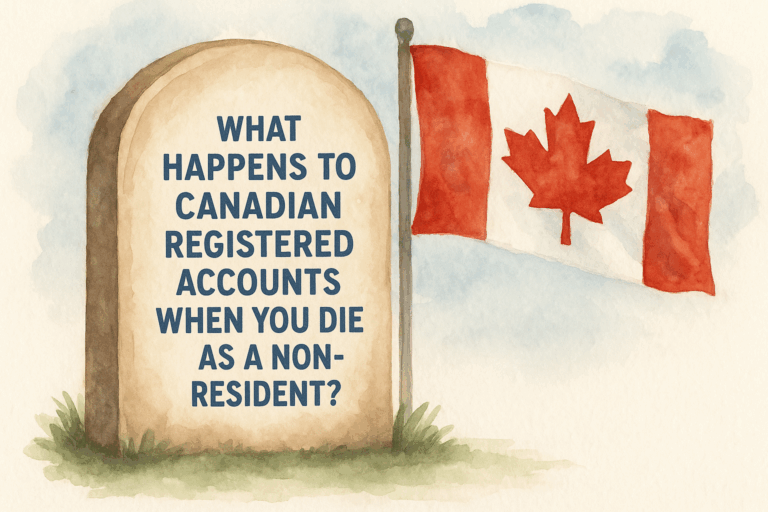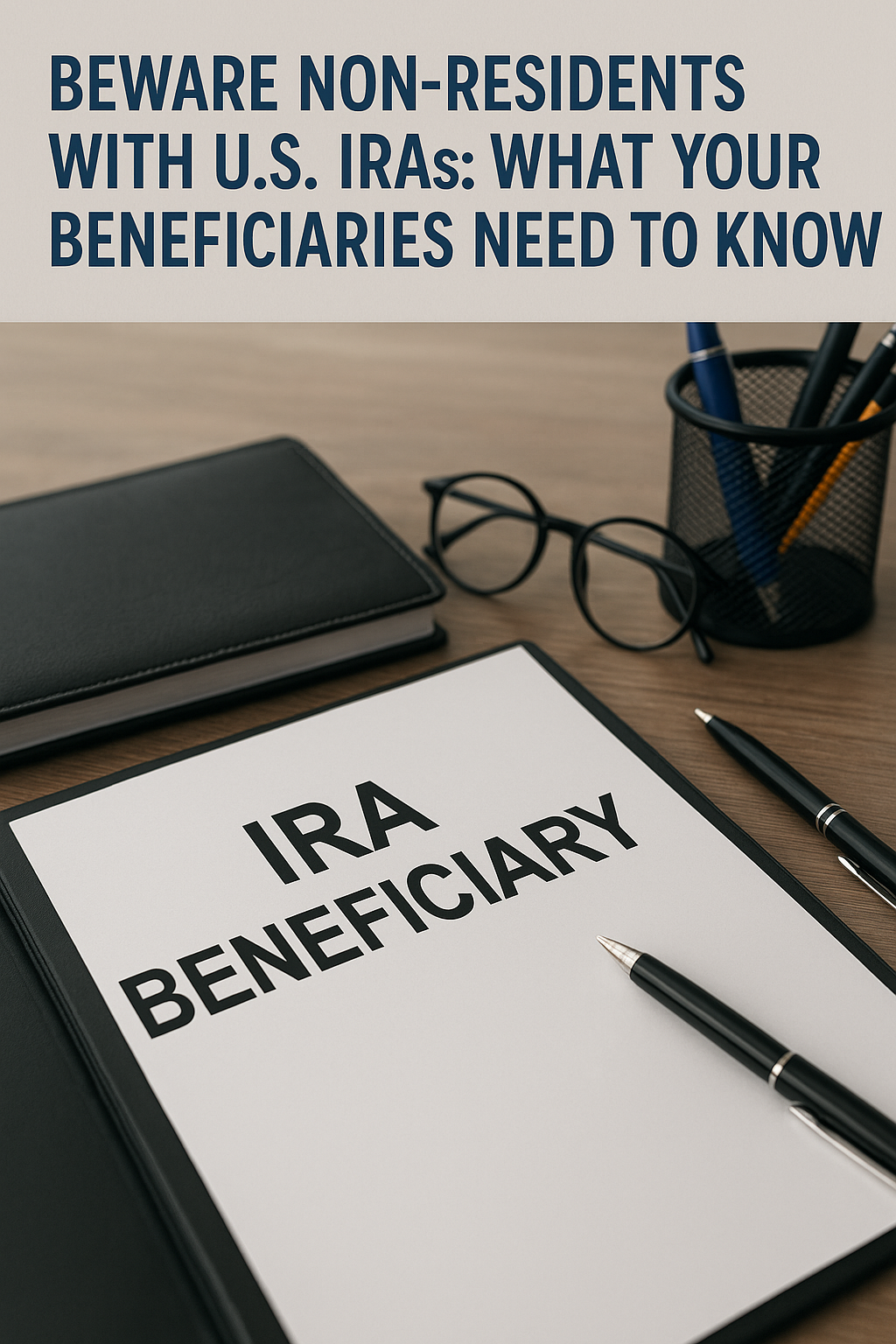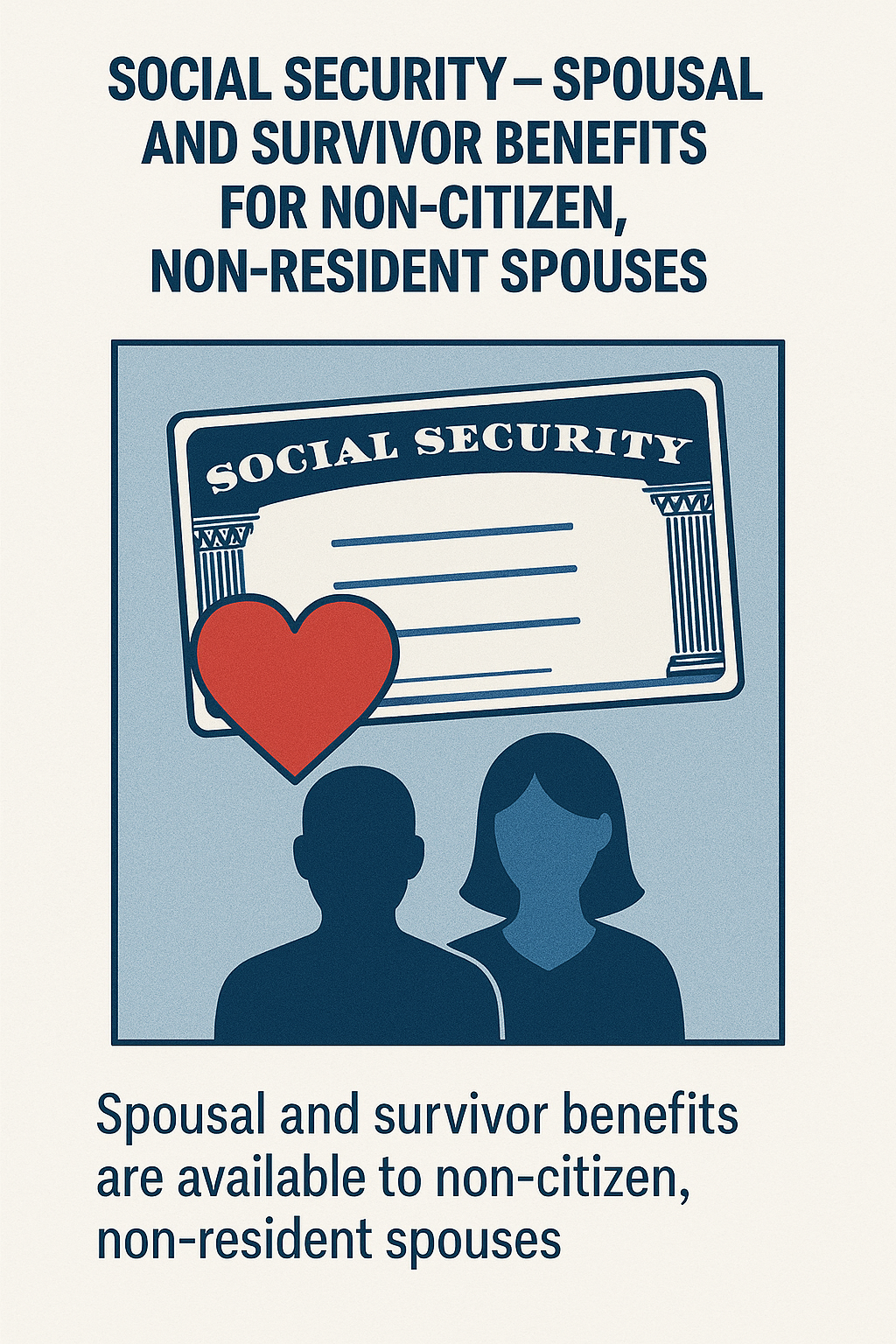Have you ever wondered how your daily life—your home, family ties, and social connections—can determine your tax obligations in Canada? For many individuals navigating the complexities of a cross-border lifestyle, understanding factual residency in Canada is essential.
Whether you’re a dual citizen, an expatriate, or someone with financial ties to both Canada and the United States, grasping this concept is key to effective tax planning and financial management.
At 49th Parallel Wealth Management, we specialize in cross-border financial planning between Canada and the U.S. Our tailored services in retirement planning, tax optimization, wealth management, and estate planning are designed to address the unique challenges faced by clients operating in two different financial systems.
This article explains what factual residency in Canada means, how it is determined, and its implications for your taxes.
What Is Factual Residency in Canada?
Factual residency is a term used by the Canada Revenue Agency (CRA) to determine whether an individual is considered a resident for tax purposes when they are temporarily away from Canada.

Unlike legal or statutory residency, factual residency in Canada is based on your actual living situation and the ties you maintain with Canada.
Primary Residential Ties
- A permanent home in Canada
- A spouse or common-law partner residing in Canada
- Dependents living in Canada
Secondary Residential Ties
- Personal property such as vehicles or furniture in Canada
- Canadian bank accounts or credit cards
- Memberships in Canadian clubs or organizations
- A driver’s license or provincial health card
These ties collectively help the CRA assess your degree of connection to Canada, which in turn determines your tax residency status.
How Factual Residency Affects Your Canadian Taxes
If you are determined to be a factual resident of Canada, you are subject to Canadian tax laws on your worldwide income. This means:
- Global Income Reporting
- You must report all income earned both in Canada and abroad, including wages, investment income, and pensions.
- Tax Obligations
- As a factual resident, you can claim Canadian tax credits and deductions, but you also need to comply with more extensive tax filing requirements.
- Implications for Dual Residency
- For individuals with ties to both Canada and the U.S., the concept of factual residency can trigger complex cross-border tax obligations, potentially leading to double taxation if not managed properly.
The CRA’s guidelines provide detailed criteria for assessing factual residency.
Implications for Cross Border Financial Planning
Understanding your factual residency in Canada status is vital for effective cross-border tax planning. Here’s why:
- Tax Optimization Strategies:
- If you are a factual resident, your global income is taxed in Canada. Proper planning can help you optimize tax liabilities across both Canada and the U.S.
- Managing Dual Tax Obligations:
- Dual tax residents must navigate tax treaties and potential credits to avoid double taxation. A clear understanding of residency status aids in structuring your finances accordingly.
- Tailored Financial Advice:
- With the intricacies of cross-border taxation, it is essential to work with experts who understand both Canadian and U.S. regulations.
At 49th Parallel Wealth Management, we help clients navigate these complexities by developing personalized financial strategies that address both sides of the border.
Actionable Steps to Determine Your Residency Status
To effectively manage your tax obligations, follow these practical steps for factual residency in Canada:
- Evaluate Your Residential Ties:
- List your primary and secondary ties to Canada, such as your permanent home, family connections, and social affiliations.
- Review CRA Guidelines:
- Familiarize yourself with the CRA’s criteria for factual residency. Understanding these guidelines will help you assess your situation.
- Consult with Cross-Border Tax Experts:
- Engage professionals who specialize in cross-border planning. They can provide a comprehensive review of your residency status and advise on tax optimization strategies.
- Document Your Ties:
- Keep records of your Canadian connections, including property documents, bank statements, and proof of memberships. This documentation can be crucial during tax assessments.
- Plan Regular Reviews:
- As your personal circumstances change, periodically review your residency status and adjust your financial strategy accordingly.
By following these steps, you can gain clarity on your residency status and ensure your financial planning is aligned with your tax obligations.
Understanding factual residency in Canada is crucial for anyone with cross-border financial ties. Being classified as a factual residency in Canada means you are subject to Canadian tax on your worldwide income, which can significantly impact your financial planning and tax strategy.
By evaluating your residential ties, reviewing CRA guidelines, and consulting with cross-border tax experts, you can make informed decisions that optimize your tax situation.
At 49th Parallel Wealth Management, we are dedicated to helping clients thrive financially in a cross-border environment. Our personalized, comprehensive approach ensures that your financial strategy is fully aligned with the complex tax obligations of both Canada and the U.S.




